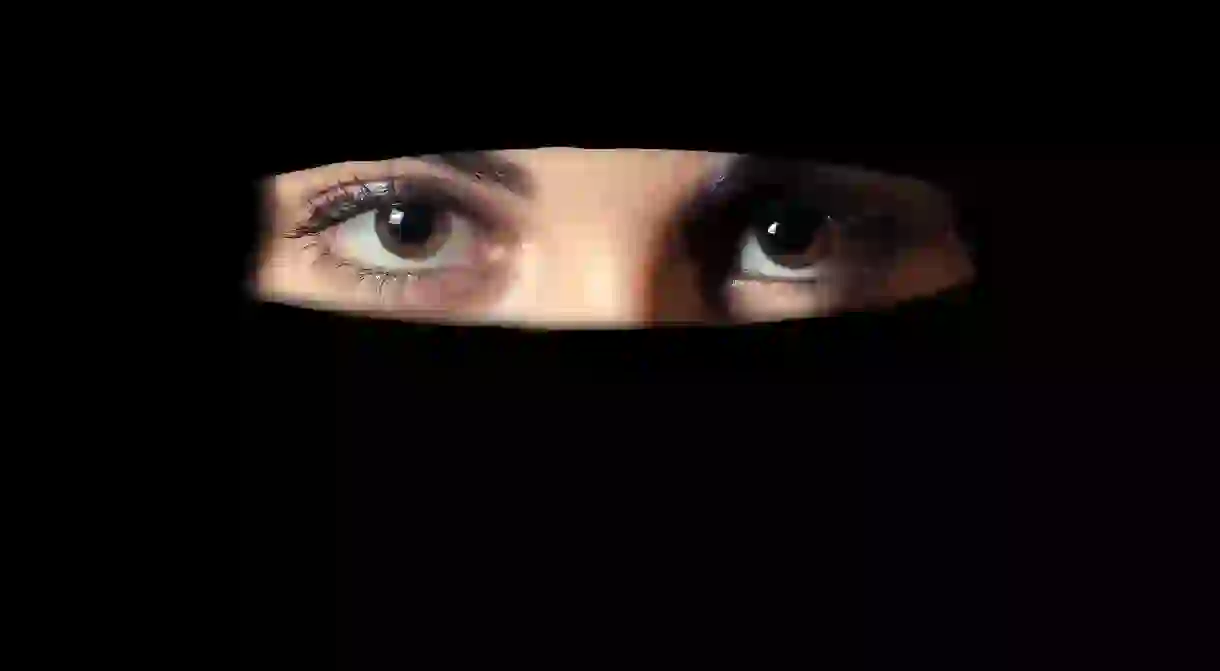Norway Votes to Ban Niqabs and Burqas in Schools and Universities

Despite the number of people moving to Norway having reached an all-time low last year, recent immigration waves from past few years are now impacting Norwegian society. The need for some new conversations is becoming apparent. The new law, which bans clothing that partially or fully covers the face in schools and educational institutions, is a prime example of how the political climate is affecting Norway’s citizens. Here’s what you need to know.
According to the new ban, all face-covering clothes such as burqas, niqabs, balaclavas, and masks are banned from nurseries, schools, and universities. The ban applies to students, teaching personnel and staff of educational institutions, both in school hours and in after-hours teaching situations such as after-school clubs. It has been made clear that the ban will not affect small children (who don’t traditionally wear burqas or niqabs anyway) and that headscarves, hijabs, hats, and caps are still allowed.
The process that led to the ban
The call to ban the burqa and niqab was first made by the anti-immigration Progress party in 2003, long before they joined the coalition government in 2013. However, the motion was rejected back then. A formal inquiry regarding the issue was made in the Norwegian parliament in 2016, but integration minister at the time Sylvi Listhaug (who has since resigned after making anti-immigration comments) stated the government would not pursue a national ban on niqabs and other face-covering garments.
Despite being for the banning of the niqab and burqa, Listhaug felt the issue didn’t have the support of the majority of the parliament as the Labour Party and the Liberal Party were against the ban at the time. However, things changed in January due to political instability.

Prime Minister and Conservative Party leader Erna Solberg were forced to shuffle things in her cabinet and create a new coalition government to keep the support of the parliament. The new coalition included the Liberal party, so compromises had to be made. Some of these resulted in Norway’s banning of fur farms and adapting to more environmentally friendly practices but, on the other hand, the Liberal party changed its stance on the burqa and niqab ban. In fact, it was actually a Liberal party member (Minister of Education Iselin Nybø) who presented the proposal for the ban “to be applied at universities and higher education schools”, along with two other ministers back in March. This time the proposal was viewed favorably and in June, members of the parliament voted 91 to eight to pass it. Those against the bill were representatives from the Red and Green parties, whereas the Socialist Left was in favor of the ban but only to teachers, not students.
Female empowerment stated as the main reason for burqa and niqab ban
The Norwegian government’s official statement claim that niqabs and burqas “hinder communication between students and teachers”. The Minister of Education and Research stated that they don’t want clothes covering the face as “Norway is an open society where we are used to seeing each other face to face”. The Progress Party has expressed its satisfaction over the passing of a bill that they view as the first step to a complete ban of niqab and burqa in public. According to Progress Party’s MP Åshild Bruun-Gundersen, burqa and niqab are “suppressive garments that prevent integration, prevent women from living a free life”. The Conservative Party stated that, although tolerance for differences is essential, “at the same time, we must ensure that all people have equal participation and equal opportunities”.

Critics don’t see how the ban solves bigger issues
Of course, there are also opposing voices – especially within the Norwegian educational institutions. Some of the biggest universities in Bergen and Trondheim called the ban “unnecessary”, “strange” and “dramatic”. The students union believes the ban is not “in line with the principle of an equal right to education”. The overall opposing view is that the ban does not solve the problem of women being exposed to negative social control. This opinion was more clearly expressed by Mona Fagerås of the Socialist Left: “Work on women’s oppression and increased gender equality need to be strengthened. To introduce a national ban on face-covering garments does not solve the problem of women in Norway today being exposed to negative social control and honor-related violence.”
Burqa and niqab ban in other countries
Despite being discussed for a longer period of time, Norway is not the first country to pass such a ban. France first banned the wearing of face-covering garments in public in 2011, a law that is being considered divisive to this day and has been criticised by Amnesty International, which believes all women should be free to wear clothing that expresses their identity or beliefs. Gauri van Gulik, Europe director for the Amnesty, has stated that “whilst some specific restrictions on the wearing of full-face veils for the purposes of public safety may be legitimate, this blanket ban is neither necessary nor proportionate and violates the rights to freedom of expression and religion”.

Neighboring country Denmark also passed a similar ban just a couple of days ago. Just like in Norway, the law doesn’t prohibit the wearing of hijabs and the Danish government claims “it was not aimed at any religion”. Belgium, Austria, the Netherlands and Bavaria in Germany have all moved forward with banning face coverings in public. It remains to be seen whether Norway will expand the ban to all aspects of public life, too.













